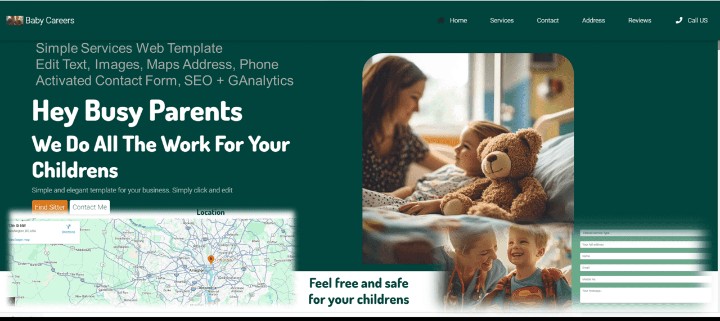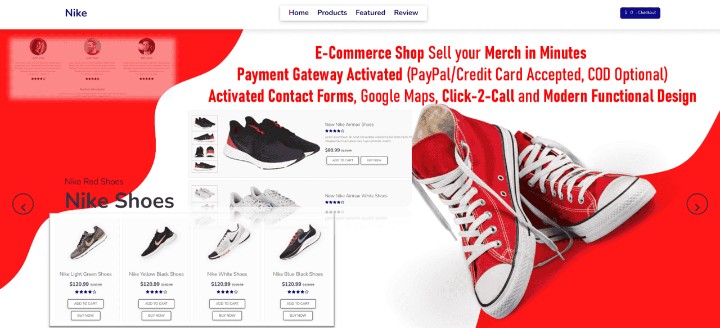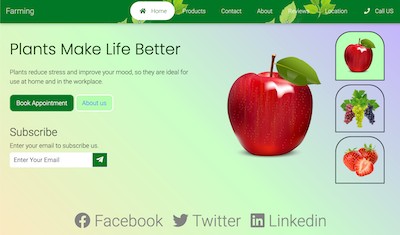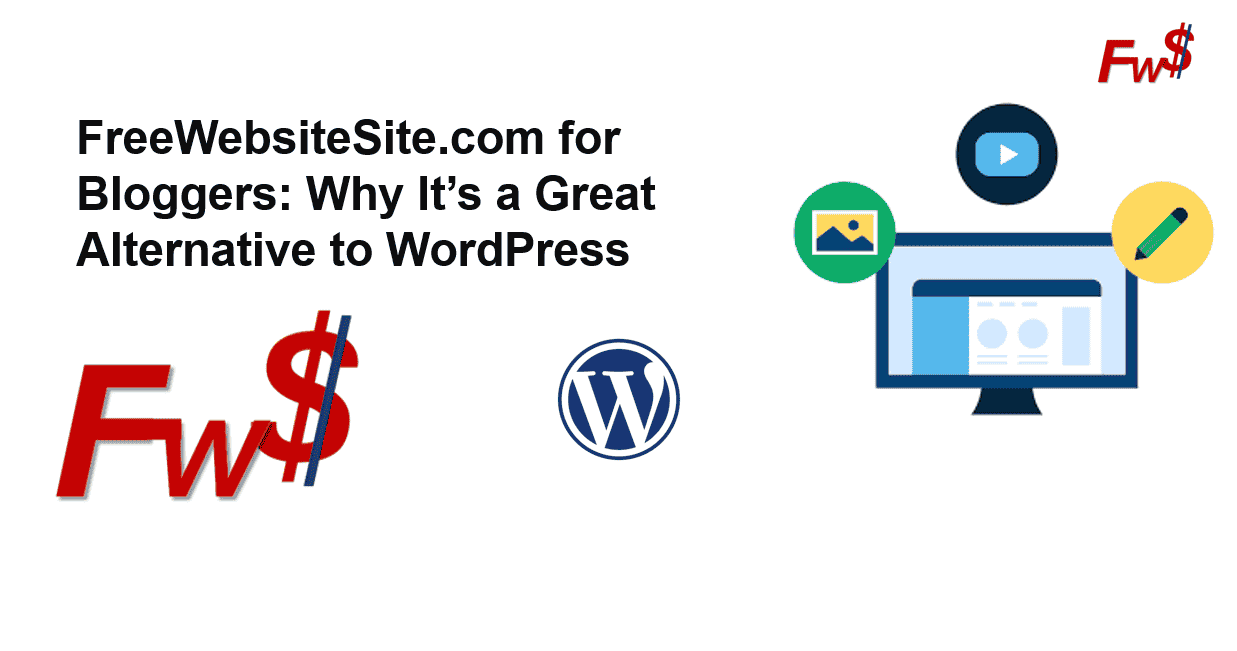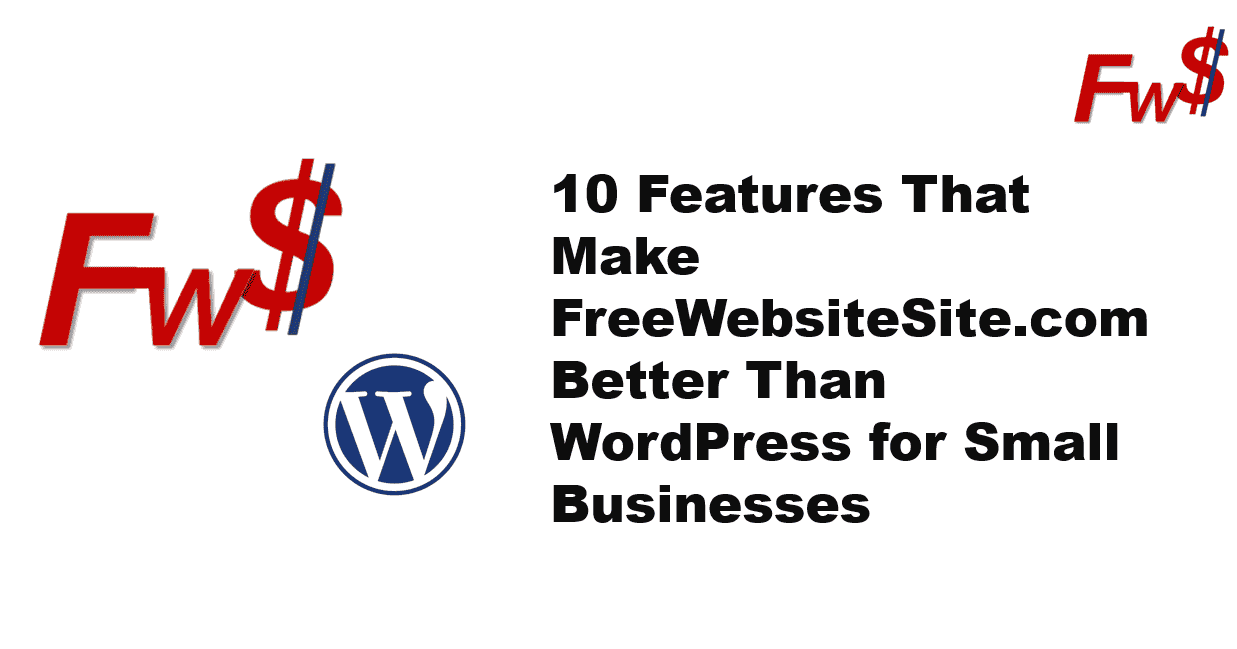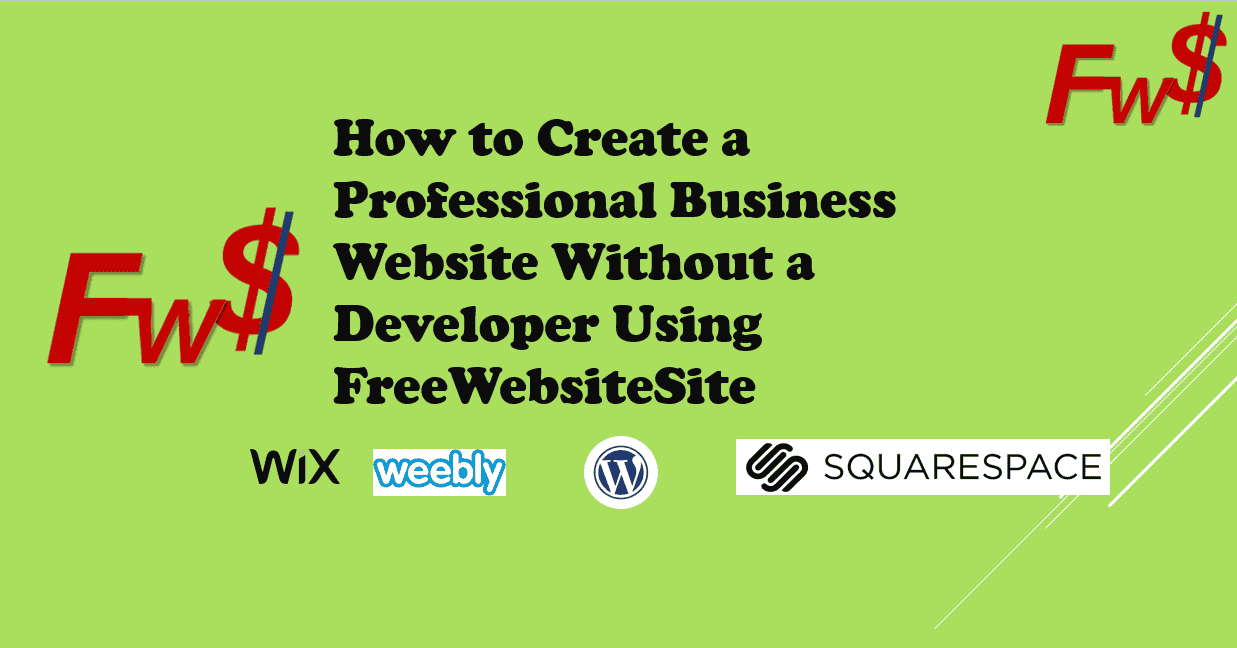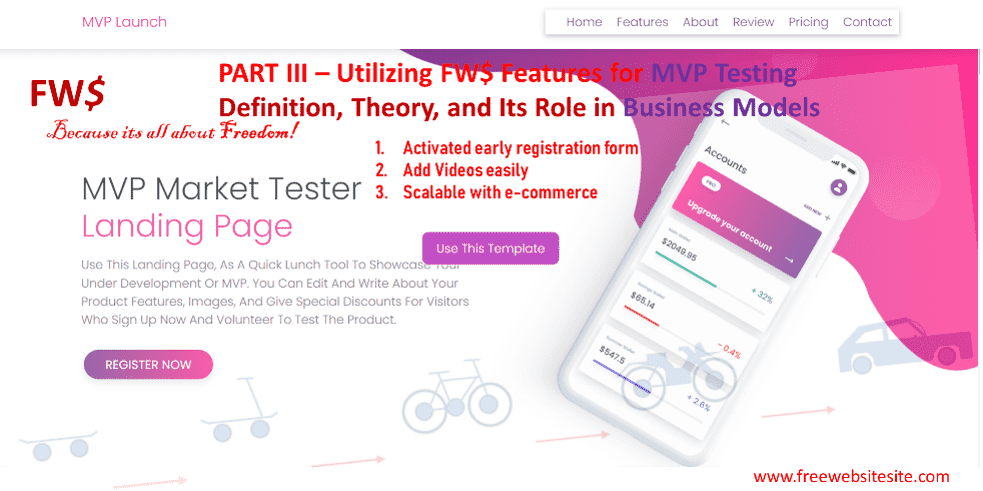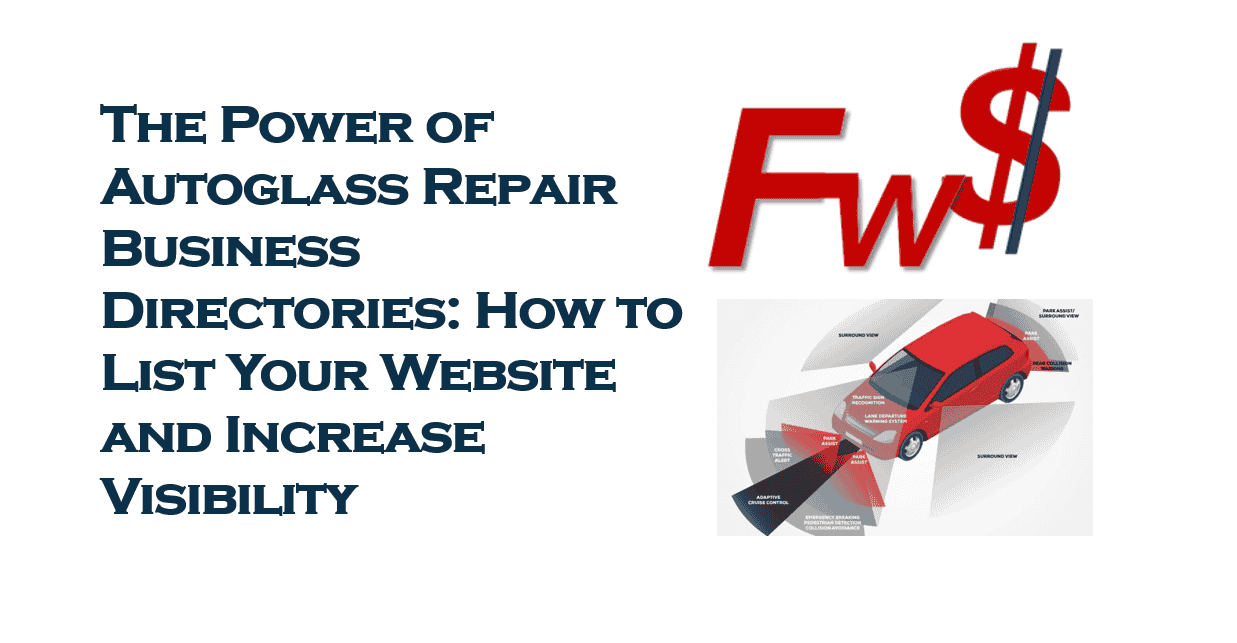How to Choose the Right Business Model for Your Startup
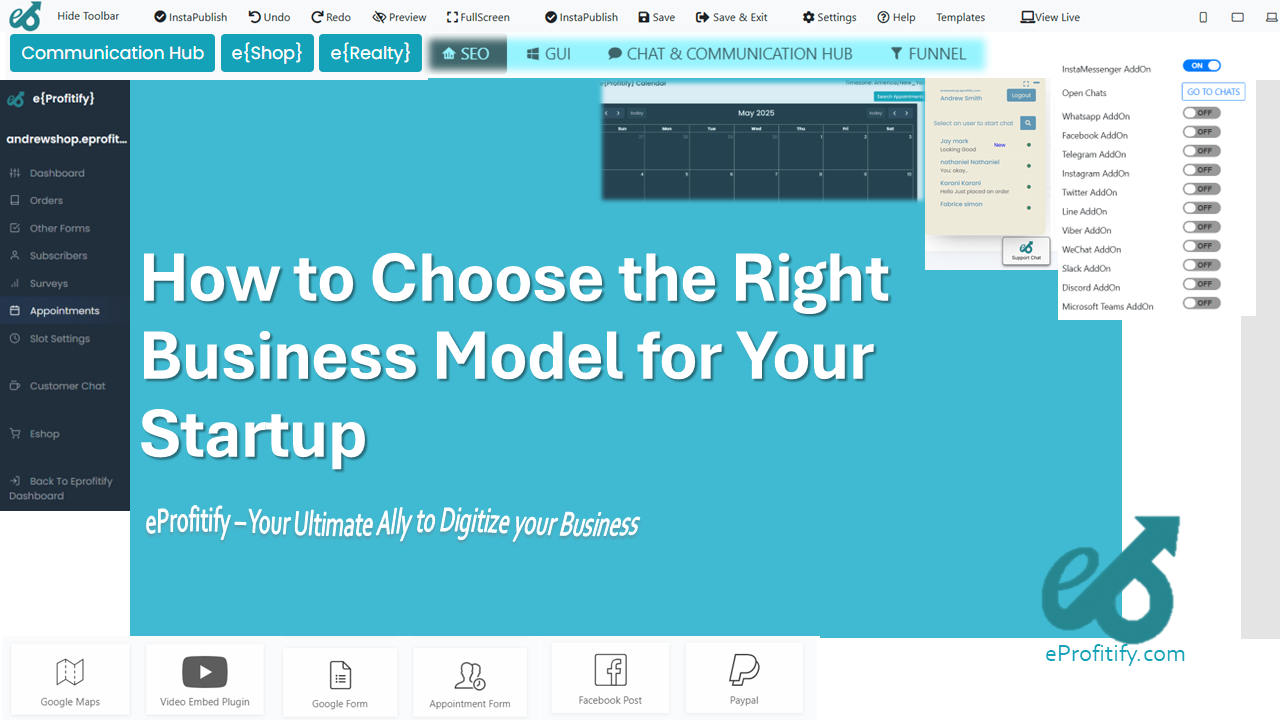
How to Choose the Right Business Model for Your Startup
Starting a business is exhilarating, but its long-term success hinges on one critical decision: choosing the right business model. A business model defines how your startup creates, delivers, and captures value. According to CB Insights, 35% of startups fail due to a lack of market need, while 18% crumble due to poor business models. To avoid these pitfalls, founders must align their model with market demands, scalability, and operational efficiency. This guide explores actionable steps for selecting the right business model and highlights tools like eProfitify, a leading website publishing and management platform, which streamlines implementation.
Understanding Business Models: Key Considerations
-
Market Demand:
Before settling on a business model, validate your product-market fit. Conduct surveys, analyze competitors, and test prototypes. Startups addressing underserved niches often thrive—for instance, the subscription box market grew to $22.7 billion in 2023 (Statista), driven by personalized consumer demand. -
Revenue Streams:
Will you earn through subscriptions, ads, commissions, or direct sales? For example, 59% of SaaS companies use subscription models (Gartner), ensuring predictable revenue. -
Scalability:
Can your model grow without exponential costs? Airbnb’s asset-light marketplace model scaled globally with minimal overhead, contributing to its $31 billion revenue in 2023 (Forbes). -
Technology Integration:
Modern startups rely on digital tools to automate operations. Platforms like eProfitify offer instant messaging, CRM, and eCommerce integrations, enabling businesses to focus on growth.
Popular Business Models for Startups
Let’s examine five proven models and how eProfitify supports each:
1. Subscription Model
- Examples: Netflix, Spotify.
- Why It Works: Recurring revenue builds financial stability.
- eProfitify Integration: Use its CRM to track subscriber behavior or eCommerce tools for billing automation.
2. Freemium Model
- Examples: Dropbox, LinkedIn.
- Why It Works: Free features attract users, while premium tiers drive revenue.
- eProfitify Integration: Leverage analytics to identify upsell opportunities.
3. Marketplace Model
- Examples: Uber, Etsy.
- Why It Works: Connects buyers/sellers while earning fees.
- eProfitify Integration: Manage vendor onboarding and payments via its secure dashboard.
4. On-Demand Model
- Examples: DoorDash, Instacart.
- Why It Works: Addresses immediate consumer needs; the on-demand economy is projected to hit $335 billion by 2025 (Grand View Research).
- eProfitify Integration: Use appointment management tools for real-time scheduling.
5. SaaS (Software-as-a-Service)
- Examples: Slack, Zoom.
- Why It Works: Lowers entry costs for users; SaaS revenue exceeded $195 billion in 2023 (Statista).
- eProfitify Integration: Host your SaaS product seamlessly and engage users with instant chat support.
Steps to Choose the Right Business Model
-
Identify Your Audience:
Develop buyer personas. If targeting busy professionals, an on-demand service with eProfitify’s mobile optimization could resonate. -
Analyze Competitors:
Study rivals’ strengths and gaps. Tools like eProfitify’s CRM can track competitor pricing and workflows. -
Test Hypotheses:
Launch a minimum viable product (MVP). Use eProfitify’s landing page builder to gauge interest before scaling. -
Evaluate Costs vs. Margins:
For instance, dropshipping reduces inventory costs but may require heavy marketing. -
Iterate Based on Feedback:
Collect data via eProfitify’s survey tools and refine your model.
Why Technology Is Non-Negotiable
Modern startups need agile tools to compete. eProfitify stands out as an all-in-one solution with:
- Instant Messaging: Engage customers in real time.
- Appointment Management: Automate bookings across time zones.
- eCommerce Integration: Launch stores with secure payment gateways.
- CRM Analytics: Track customer journeys and retention.
For example, a boutique using eProfitify’s CRM saw a 30% increase in repeat customers within six months by personalizing outreach.
Final Tips for Success
- Stay Flexible: Pivot if metrics indicate poor fit.
- Leverage Data: Use eProfitify’s dashboards to monitor KPIs like CAC and LTV.
- Focus on Sustainability: Balance growth with ethical practices—66% of consumers pay more for sustainable brands (Nielsen).
Choosing the right business model is iterative, but combining market insights with robust tools like eProfitify accelerates success. Whether you’re a subscription service, marketplace, or SaaS platform, integrating scalable technology ensures seamless operations. Ready to test your model? Explore eProfitify’s 14-day free trial and transform your startup vision into reality.
Word Count: 1,000
